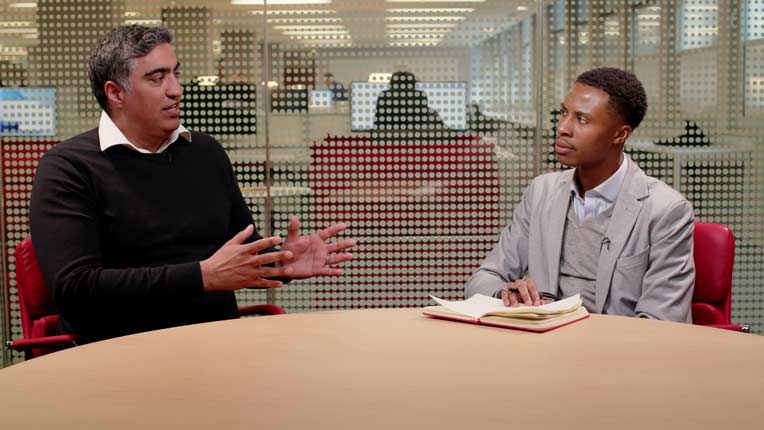Emma Wall: Hello and welcome to Morningstar. I'm Emma Wall and I'm joined today by Daniel Needham, Chief Investment Officer for Morningstar Investment Management.
Hi, Daniel.
Daniel Needham: Hello.
Wall: So, what exactly is value investing?
Needham: Value investing is different, I think, firstly to how much people think about value investing. So, it's most commonly thought of as buying companies that have a low price-to-book, a low P/E ratio, a low price-to-sales ratio. Whereas for us it's about buying an asset for a price lower than what we think it's worth. We estimate what it's worth by thinking about the cash flows that it can generate and thinking about the cyclicality and the certainty of those cash flows and then applying appropriate discount rate to estimate what the present value of those cash flows would be.
And whether it's in equity, whether it's a bond, whether it's property, anything that throws a cash flow off that we can analyze and understand, we think we can estimate a reasonable fair value or valuation. And then once you have that valuation, really the idea of value investing or valuation-driven investing is to buy it for less than it's worth or what's referred into the trade as a margin of safety.
Wall: That's quite interesting though that you've mentioned those diverse asset classes because I think a lot of people are familiar with the concept of equities with value investing, but also you are saying it can be applied to bonds and property.
Needham: That's right. I mean, a bond is really a series of cash flows. So, if you assume it's a normal, say, 10-year bond, what a 10-year bond is, you pay a price upfront and then you get, say, annual or semi-annual payments and then you get a principal payment at the back. Well, that's a series of cash flows and you can value those series of cash flows.
You could say, now you have to have a view about what you think a fair return for owning bonds should be, or a fair return for owning property, or a fair return for owning equity, which often relates to the risk of the asset and once you have that, you can value any kind of asset. And then to compare assets across asset classes, so should we buy equities or property or bonds, we'll convert the fair value into an expected return or an implied return.
So, if I bought this asset at the current price and held it for 10 years, what would I get? So, we calculate that for each asset class and then it allows us to allocate capital across asset classes and geographies to try to generate the highest return for a given level of risk.
Wall: We're at the Morningstar Investment Conference in Europe and we've heard from some fantastic people. Bogle yesterday was a big highlight. And a number of them have said that we are going to have to get used to a much slower growth, a much lower growth environment, both in sort of macroeconomic terms but also from assets. How can we apply this valuation-driven concept to that kind of world?
Needham: Yeah, I think, growth is a key element in valuation. So, how much do we think cash flows will grow and so, we factor that into our valuations. I think it's always difficult to know what economic environment you're going to find yourself in 10 years' time. I think people are overconfident in their ability to understand how the economic machine works and what the world will look like in 10 years' time.
So, we try to come up with what we think is a reasonable estimate of what normal looks like. And then once we have a reasonable estimate of what normal looks like, we assume everything moves to normal. Now, that's a big assumption, but it's also we think less dependent on our ability to forecast than those that are forecasting the current environment being the same for the next 20, 30 years. So, it's complicated. But generally, we think that valuation applies equally well in an environment where growth is likely to be slower and interest rates are likely to be lower. We factor that into our models.
I mean, the bottom line is, we're in a world where the reward for risk from investing or the return from investing is lower and that's because interest rates are at zero, bond yields are a couple of percent, maybe below a percent and negative in some parts of Europe, equities especially in the U.S. are on a high valuation. So, everything is priced to give you lower returns. That's the environment that we're in. I don't think that's going to be the environment forever. I don't know when the environment is going change. But we'll certainly be ready to redeploy capital if it does change.
Wall: Daniel, thank you very much.
Needham: Thank you, Emma.
Wall: This is Emma Wall for Morningstar. Thank you for watching.




























